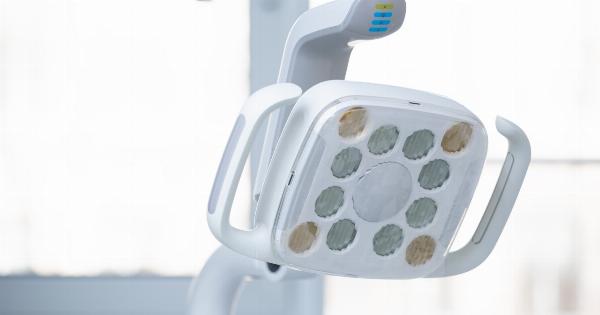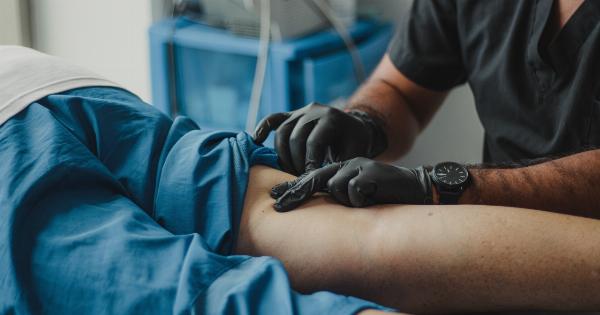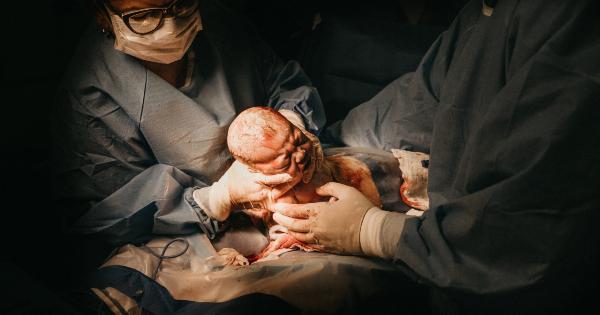Nasal septum surgery, also known as septoplasty, is a surgical procedure performed to correct a deviated nasal septum.
This is a condition where the cartilage and bone that divide the nose into two halves are off-centered, causing difficulty in breathing and other symptoms. The surgery involves the repositioning of the septum to the center of the nose, which allows for proper airflow and improved nasal function.
It is generally performed under general anesthesia as an outpatient procedure and is associated with varying degrees of discomfort and recovery time.
Recovery Period
Recovery time after nasal septum surgery varies depending on the individual patient, the extent of the surgery, and the surgeon’s approach. Recovery after this surgery is crucial to ensure proper healing and minimize complications.
After surgery, the patient usually has a splint or packing in their nose to help stabilize the bone and cartilage during the healing process. This splint may cause some discomfort, and the patient will need to change it frequently according to their doctor’s instructions.
Expected Relief and Timeframe
The relief from nasal septum surgery can be immediate or take a few weeks to appear. The timing of relief varies based on the severity of your deviated septum before surgery, the extent of the surgery, and how smoothly the recovery period goes.
In some cases, relief can be felt right after the surgery or within a day or two. In others, it may take several weeks to become noticeable.
Post-Operative Care
To minimize the discomfort and promote healing, you should follow your doctor’s post-operative care instructions to the letter. Some tips that can help to speed up the recovery process include:.
- Avoiding strenuous activities for the first few weeks post-surgery
- Keeping your head elevated, even when sleeping, to keep the swelling down
- Avoiding blowing your nose for the first few weeks
- Keeping your nasal passages moist with saline sprays or drops, as recommended by your doctor
- Taking decongestants or pain medications as recommended by your doctor to alleviate discomfort
When to Contact Your Doctor
While most people experience relief following nasal septum surgery, some complications may arise that may need prompt medical attention. If you experience any of the following symptoms, you should contact your doctor:.
- Severe or prolonged pain that is not relieved by prescription pain medication
- Bleeding from the nose
- Swelling or redness of the nose that worsens over time
- Fever or other signs of an infection
- Shortness of breath or difficulty breathing
- Numbness or loss of sensation around the nose, mouth, or eyes
- New or persistent nasal drainage
Conclusion
Nasal septum surgery is an effective solution to correct a deviated septum. While it may take some time to relieve the symptoms associated with the procedure, the relief is often long-lasting.
Following your doctor’s post-operative care instructions and being vigilant for signs of complications can speed up healing and promote a smooth recovery process. Speak with your doctor about your individual recovery time expectations and about any concerns you may have before undergoing surgery.




























